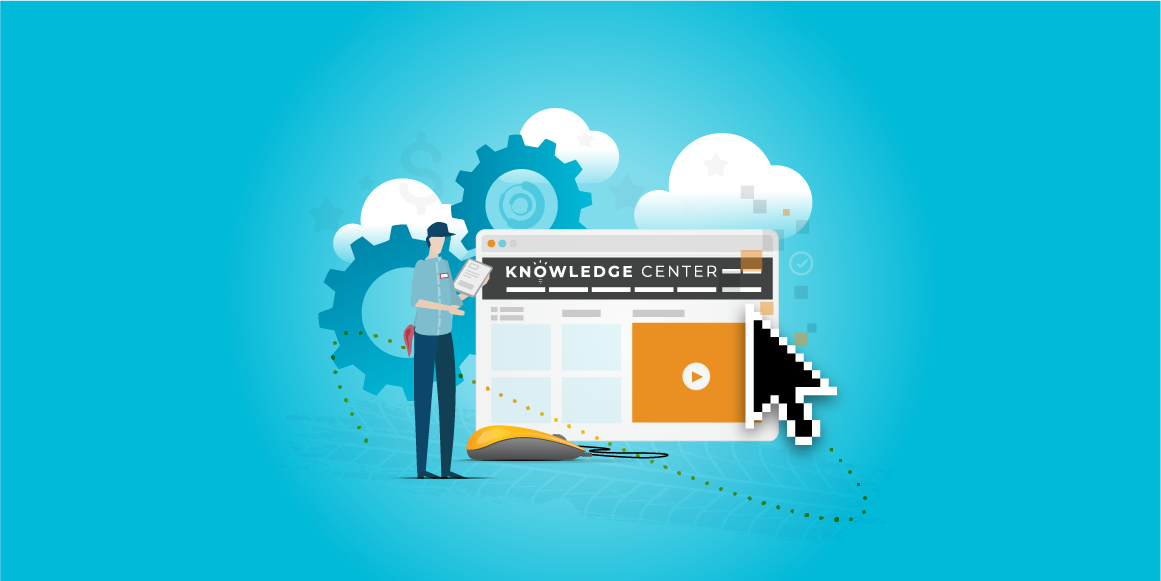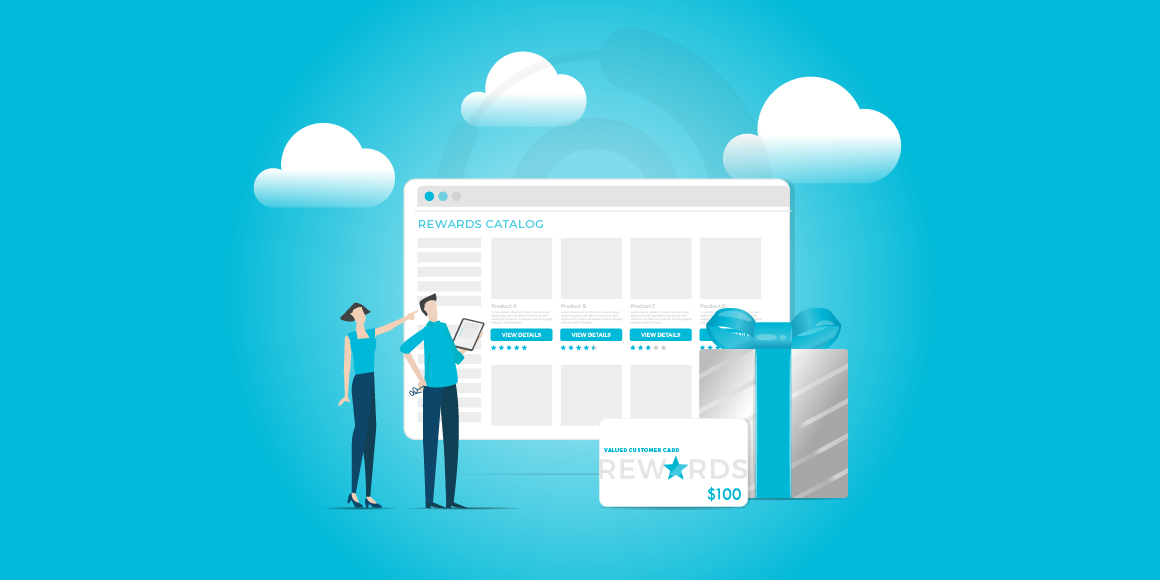Watch: Not Your Grandparent’s Partner Enablement Webinar
Cloud technology and the hyper-personalization of the consumer journey over recent years has transformed the relationship between partners and vendors. The responsibility of partners has evolved from exclusively post-sale customer services to include more comprehensive pre-sale customer discovery and marketing. As a result, vendors can expand their reach and hit a wider customer audience without having to buy more leads or hire additional sales staff.
There’s a caveat, however. Partner enablement strategy determines how much of this sales and marketing power is unlocked between vendors and partners. And just as the role of partners has become less about a single point of sale and more about a holistic customer journey, strategic partner enablement has evolved as well. Gone are the days when partner enablement began and ended with a technical certification, a login to a partner portal, and a plan to check in periodically on revenue goals. Instead, it has expanded to include marketing materials, sales training, and incentivization for partners at all stages of the customer journey.
In other words, if you hear “partner enablement” and exclusively think “onboarding,” we have some bad news: The 2000’s called, they want their partner enablement strategy back.
And in this case, being outdated doesn’t just put you in danger of landing in the “not” column of a hot versus not list. Antiquated partner enablement strategy puts vendors at risk of losing customers to competitors who are leveraging partners to create a modernized customer journey.
Don’t fall behind on the times. Instead, check out these three tips for updating your partner enablement strategy:
-
Tip #1: Swap hands-on, technical onboarding for bite-sized enablement
-
Tip #2: Create partner segments specific to enablement requirements
-
Tip #3: Reward actions, not just the close
Tip #1: Swap in person, technical onboarding for bite-sized enablement
In a 2022 study, PartnerPath found that the biggest pain point slowing partners down is comprehensive technical training during the onboarding process. Historically, vendors might have provided a lengthy, on-site training session for partners focused solely on technical certifications. However, this model of onboarding is outdated and no longer serves the needs of the modern channel because:
-
It’s not comprehensive. While technical training might have sufficed in the days where partners focused primarily on implementation, it does little to support the marketing and sales roles many partners now fill.
-
It’s inefficient. According to PartnerPath, partners expect to be onboarded and selling within 60 days. Comparatively, vendors said that they expect partners to start selling after technical training is complete, which averages between 90 and 120 days. Plus, in-person technical training requires vendors to coordinate travel across their new partners, creating additional logistical and financial hurdles to clear.
Instead:
-
Combine bite sized marketing, sales, and technical training with hands-on work. This gives partners a more well-rounded and digestible education and enables partners to learn at their own pace, while also testing out the training at each step to ensure that it is profitable. By providing both theoretical and practical education, vendors can ensure that partners are fully equipped to successfully promote and sell their products and services.
-
Utilize modern training tools. As COVID-19 travel restrictions and social distancing precautions have lifted, many folks are opting for in-person gatherings whenever possible. And while we’re all for an IRL hang, we’re also pro-modern technology and saving time and money. Tools like Zoom, Loom, and Slack support remote, and even asynchronistic training that can eliminate travel expenses and increase efficiency. LMS platforms can provide content and instruction in real time. Instead of info-dumping all at once during initial onboarding, vendors can give partners information and content when they need it.
Tip #2: Provide segmented marketing assets for the entire consumer journey
As partners function more as extensions of the vendor's own marketing and sales teams, it’s important that they have the tools they need to effectively promote their products and services. When partners have access to high-quality marketing materials, they are better equipped to effectively communicate the value of the vendor's offerings to their own customers and prospects. This not only benefits the partner, but also drives more revenue for the vendor. In other words, access to marketing materials is a crucial part of partner enablement strategy.
But not all partners are created equal — they have unique areas of expertise and provide access to different customer bases. Therefore, when a vendor tries to enable partners with the same marketing assets, it can cause issues like:
-
The vendor expends resources training all partners on an extensive range of material.
-
The partner must sift through content to find what's applicable to them.
-
The customer has an impersonalized experience in a marketplace where the average consumer expects personalization.
This can lead to all three parties having wasted time and resources and the customer losing faith in both the partner and the vendor.
Instead, we recommend vendors segmenting partners in order to provide targeted enablement support:
-
Segment partners based on industry or persona: Group your partners by industry or persona based on target audience and revenue goals. This will help you customize your messaging and content to meet their unique needs.
-
Create personalized content: Develop targeted marketing campaigns and resources that align with the interests and challenges of each partner segment. Examples include email campaigns, educational webinars, and informative blog posts.
-
Use a Partner Relationship Management tool (PRM) to provide real-time access to marketing assets. This can include resources such as product collateral, email templates, and social media posts. This enables partners to easily access and share the latest marketing materials, ensuring that they are always up-to-date and aligned with the vendor's messaging.
Tip #3: Reward actions, not just the close
Effective sales and marketing strategy that’s personalized to the customer is increasing in importance:
- The modern customer sees anywhere from 4,000 to 10,000 ads per day making it challenging for vendors to stand out.
- 73% of customers expect to have their unique needs understood and 88% say that customer experience is just as important as a product (Salesforce Connected Customer Report 2022).
- 56% of consumers say they will become repeat buyers after a personalized experience, a 7-percentage point increase from 2022 to 2023 (Segment’s State of Personalization Report 2023).
Partners can help vendors create this personalization and cut through marketing noise by leveraging their existing relationships with and knowledge of customers. In other words, the most valuable partner motions happen prior to the actual point of sale. Older methods of incentivization aren’t built for the new partner/vendor relationship, centering rewards around the close (think: SPIFFs or commission at point of sale) rather than the marketing and customer discovery work that leads up to it.
By incentivizing partners at every stage of the customer journey - from lead generation and prospecting to post-sale support and customer retention - vendors can ensure that their partners are fully engaged and motivated to drive results. In fact, PartnerPath found that incentives for growing the customer footprint was the greatest driver of partner success.
This approach also fosters stronger relationships between vendors and partners, promoting better collaboration and alignment towards shared goals. Ultimately, providing incentives based on the full customer journey ensures that partners are committed to driving success over the long term, rather than just focusing on short-term gains.
Get more insights on how to nourish your partner ecosystem here.
—
360insights is a partner engagement and business optimization company that enables brands to better influence, manage, and engage with their complex channel ecosystems. The company offers a SaaS platform that empowers brands to manage promotional spend across co-marketing and advertising, pricing, rebates, SPIFFs, and rewards. Combining incentive management and ecosystem orchestration with a powerful data analytics engine, 360insights serves more than 300 of the most recognizable brands around the world, across multiple industries, helping them boost their indirect business.






